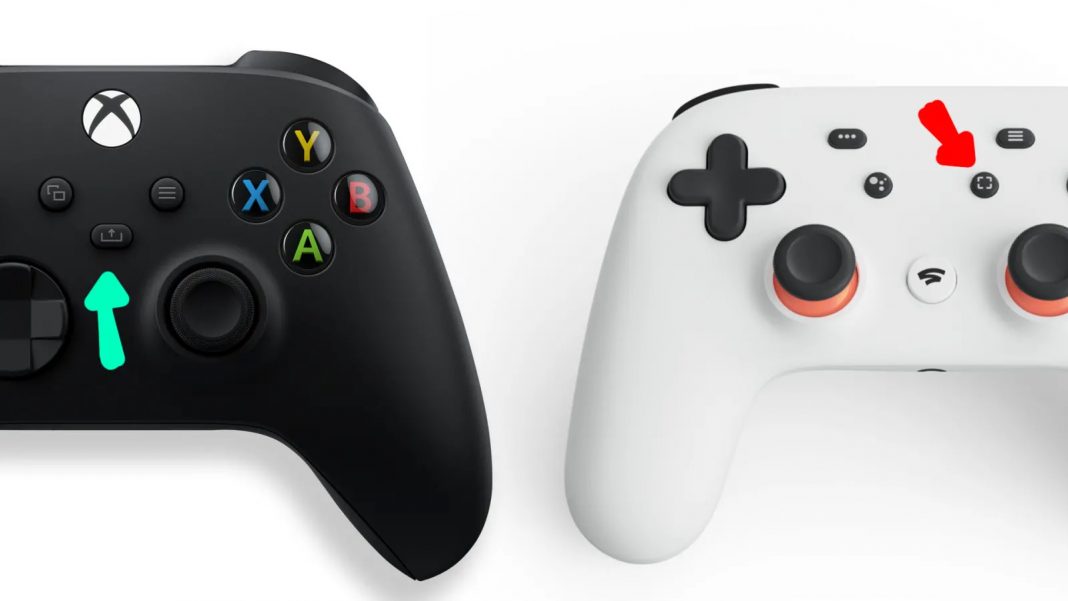The Nintendo Switch, the PS5, and the Xbox Series X all have something in common: A controller button that lets you quickly and easily take screenshots of games. While this feature feels like something obvious that’s been around for a long time, it only first became a thing in 2013’s PS4. The share button has since gone on to become one of the system’s best features, and it seems to be sticking around for this next generation.
When I first heard about a dedicated share button on the PS4’s new DualShock 4 controller I wasn’t excited and didn’t think much of it. At the time I thought that it might be cool or maybe useful for some folks. Or it would just be forgotten in a few years.
Surprisingly and rather quickly, the PS4’s share button became one of the console’s best tricks; in contrast, the lack of one on the Xbox One felt like a mistake and large oversight. In fact, the Xbox One launched without the ability to take screenshots at all. That feature was finally patched into the console in March 2015, over a year after its release. And taking screenshots on Xbox One wasn’t as simple. You had to double-tap the guide button and hit Y. Doing so brought up the guide, which made it feel very cumbersome and shoehorned into the system. In comparison, on PS4, all you had to do was tap that share button and you snapped a picture quickly and with no fuss.
After the PS4 launched, countless games began adding in photo modes, allowing players to create amazing screenshots using built-in screenshot tools and the share button. This has led to the creation of a large, thriving community of virtual photographers. And while it’s true that there were ways to take screenshots of PC games and console games before the share button, it made things so much easier. Think about this: How many screenshots did you take of your games back on the Xbox 360 or PS2? For most of you, that answer is probably zero. Now, I’d guess all of you have taken a few or more PS4 screenshots, and maybe even posted them to Twitter or Reddit.

A good sign that you’ve come up with something smart, clever, useful, and good is if Nintendo copies your idea. And that’s exactly what happened. Nintendo added its own version of a share button to the Nintendo Switch controllers. Google even added a share button to the Stadia controller. And Microsoft’s newest console, the Xbox Series X, comes with a controller that now has a big share button right in its middle.
At this point, it seems like the share button will be around for the foreseeable future. Like thumbsticks, triggers, and rumble motors, the share button has become a standard, must-have feature for all future game controllers and consoles. And that’s great. Making it incredibly easy to create art and share images of games, regardless of how tech-savvy you may or may not be, is a good thing for gaming. It’s also made it easier than ever to talk about games and share your experiences with other players. So while Sony’s PS4 touchpad and lightbar were busts, its share button was a massive success that has reshaped the way people interact with games. Not bad for a little bit of plastic shoved into the middle of a gamepad.



